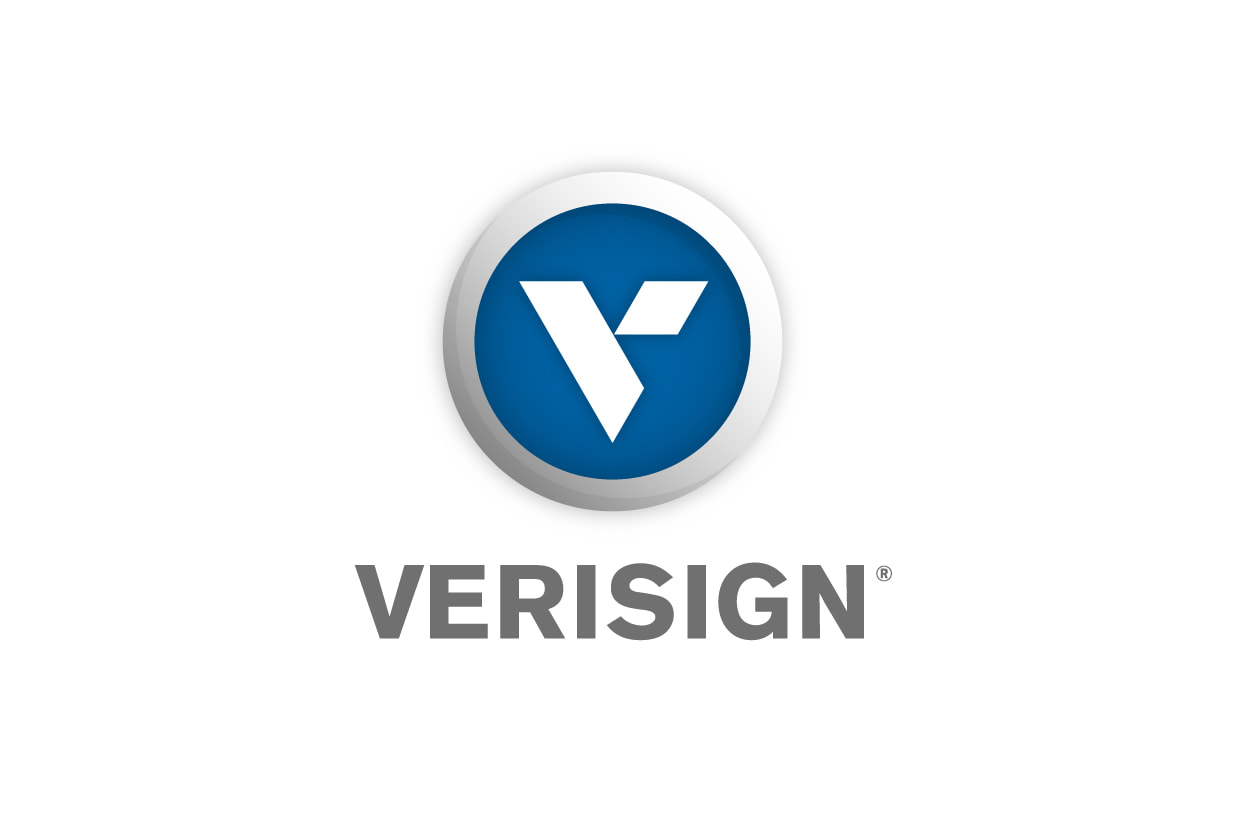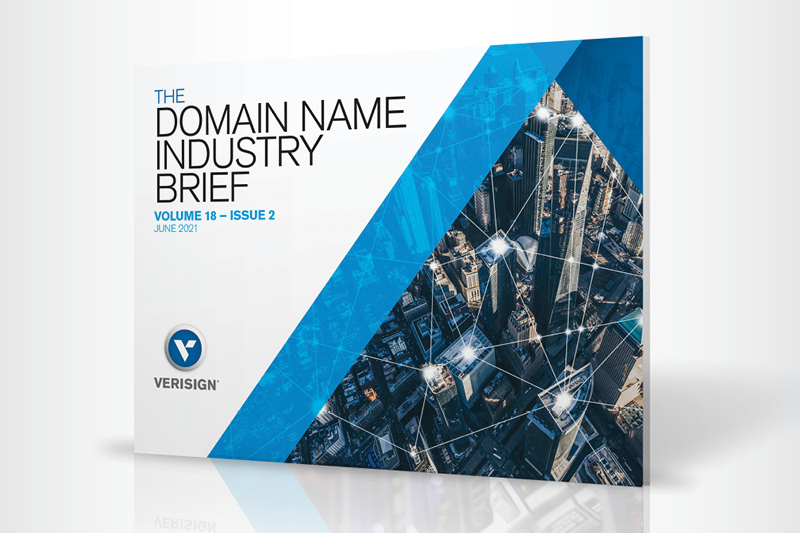
Industry Insights: RDAP Becomes Internet Standard
This article originally appeared in The Domain Name Industry Brief (Volume 18, Issue 3)
Earlier this year, the Internet Engineering Task Force’s (IETF’s) Internet Engineering Steering Group (IESG) announced that several Proposed Standards related to the Registration Data Access Protocol (RDAP), including three that I co-authored, were being promoted to the prestigious designation of Internet Standard. Initially accepted as proposed standards six years ago, RFC 7480, RFC 7481, RFC 9082 and RFC 9083 now comprise the new Standard 95. RDAP allows users to access domain registration data and could one day replace its predecessor the WHOIS protocol. RDAP is designed to address some widely recognized deficiencies in the WHOIS protocol and can help improve the registration data chain of custody.
In the discussion that follows, I’ll look back at the registry data model, given the evolution from WHOIS to the RDAP protocol, and examine how the RDAP protocol can help improve upon the more traditional, WHOIS-based registry models.
(more…)
Afilias’ Rule Violations Continue to Delay .WEB
As I noted on May 26, the final decision issued on May 20 in the Independent Review Process (IRP) brought by Afilias against the Internet Corporation for Assigned Names and Numbers (ICANN) rejected Afilias’ petition to nullify the results of the public auction for .WEB, and it further rejected Afilias’ demand to have it be awarded .WEB (at a price substantially lower than the winning bid). Instead, as we urged, the IRP Panel determined that the ICANN Board should move forward with reviewing the objections made about .WEB, and to make a decision on delegation thereafter.
(more…)
Websites, Branded Email Remain Key to SMB Internet Services
Study Commissioned by Verisign Shows Websites Can Help Add Credibility and Drive New Business
Businesses today have many options for interacting with customers online. The findings of our independent survey of online consumers suggest that websites and branded email continue to be critical components of many businesses’ online presence, essential to supporting consumer confidence and enabling effective interaction with customers.
(more…)
Verisign Q2 2021 The Domain Name Industry Brief: 367.3 Million Domain Name Registrations in the Second Quarter of 2021
Today, we released the latest issue of The Domain Name Industry Brief, which shows that the second quarter of 2021 closed with 367.3 million domain name registrations across all top-level domains (TLDs), an increase of 3.8 million domain name registrations, or 1.0%, compared to the first quarter of 2021.1,2 Domain name registrations have decreased by 2.8 million, or 0.7%, year over year.1,2
(more…)
The Test of Time at Internet Scale: Verisign’s Danny McPherson Recognized with ACM SIGCOMM Award
The global internet, from the perspective of its billions of users, has often been envisioned as a cloud — a shapeless structure that connects users to applications and to one another, with the internal details left up to the infrastructure operators inside.
(more…)
Industry Insights: Verisign, ICANN and Industry Partners Collaborate to Combat Botnets
Note: This article originally appeared in Verisign’s Q1 2021 Domain Name Industry Brief.
This article expands on observations of a botnet traffic group at various levels of the Domain Name System (DNS) hierarchy, presented at DNS-OARC 35.
Addressing DNS abuse and maintaining a healthy DNS ecosystem are important components of Verisign’s commitment to being a responsible steward of the internet. We continuously engage with the Internet Corporation for Assigned Names and Numbers (ICANN) and other industry partners to help ensure the secure, stable and resilient operation of the DNS.
(more…)
Verisign Q1 2021 Domain Name Industry Brief: 363.5 Million Domain Name Registrations in the First Quarter of 2021
Today, we released the latest issue of the Domain Name Industry Brief, which shows that the first quarter of 2021 closed with 363.5 million domain name registrations across all top-level domains (TLDs), a decrease of 2.8 million domain name registrations, or 0.8%, compared to the fourth quarter of 2020.1,2 Domain name registrations have decreased by 3.3 million, or 0.9%, year over year.1,2
(more…)
IRP Panel Dismisses Afilias’ Claims to Reverse .WEB Auction and Award .WEB to Afilias
On Thursday, May 20, a final decision was issued in the Independent Review Process (IRP) brought by Afilias against the Internet Corporation for Assigned Names and Numbers (ICANN), rejecting Afilias’ petition to nullify the results of the July 27, 2016 public auction for the .WEB new generic top level domain (gTLD) and to award .WEB to Afilias at a substantially lower, non-competitive price. Nu Dotco, LLC (NDC) submitted the highest bid at the auction and was declared the winner, over Afilias’ lower, losing bid. Despite Afilias’ repeated objections to participation by NDC or Verisign in the IRP, the Panel ordered that NDC and Verisign could participate in the IRP in a limited way each as amicus curiae.
(more…)
Verisign Support for AAPI Communities and COVID Relief in India
At Verisign we have a commitment to making a positive and lasting impact on the global internet community, and on the communities in which we live and work.
(more…)
Verisign Q4 2020 Domain Name Industry Brief: 366.3 Million Domain Name Registrations in the Fourth Quarter of 2020
Today, we released the latest issue of the Domain Name Industry Brief, which shows that the fourth quarter of 2020 closed with 366.3 million domain name registrations across all top-level domains (TLDs), a decrease of 4.4 million domain name registrations, or 1.2 percent, compared to the third quarter of 2020.1,2 Domain name registrations have grown by 4.0 million, or 1.1 percent, year over year.1,2
(more…)